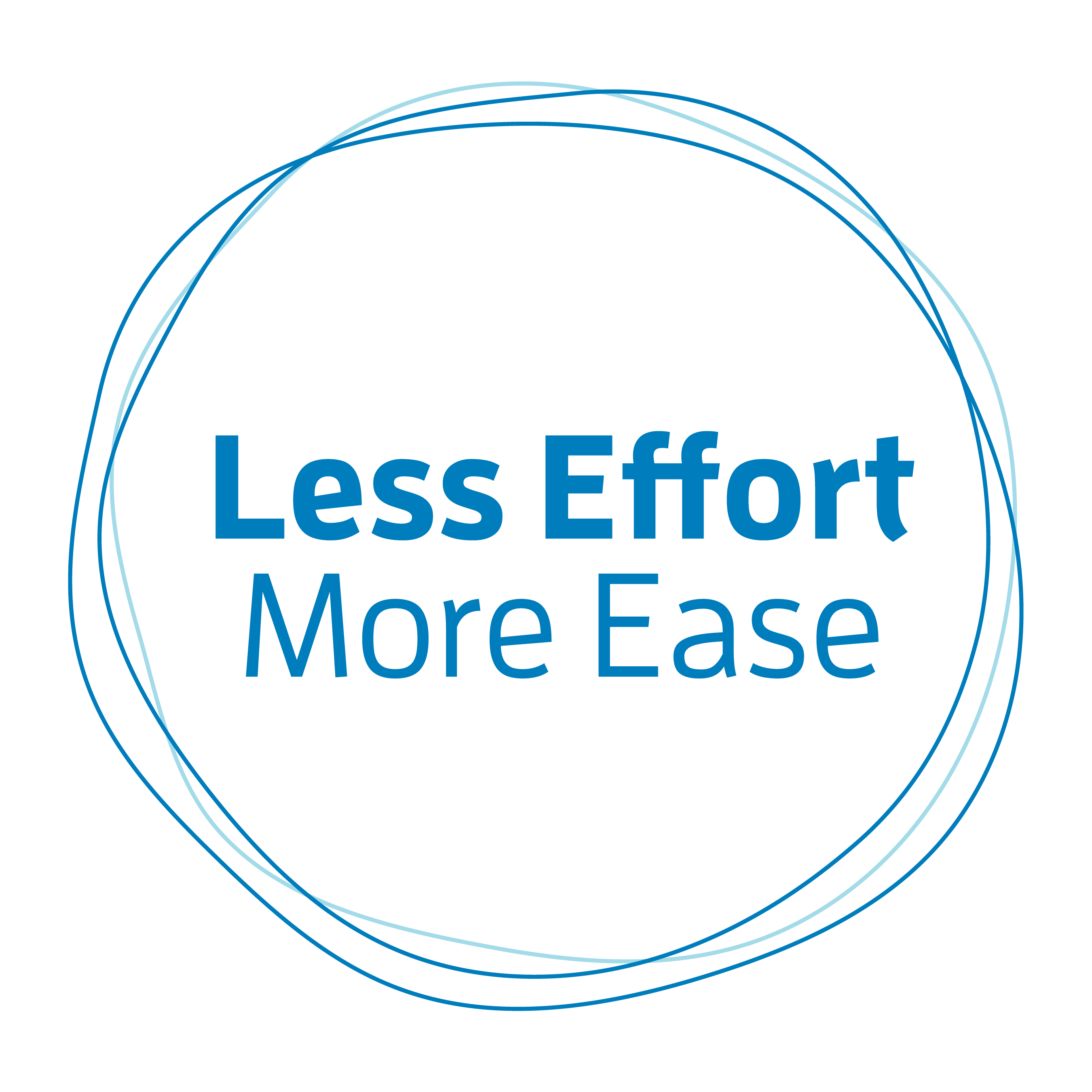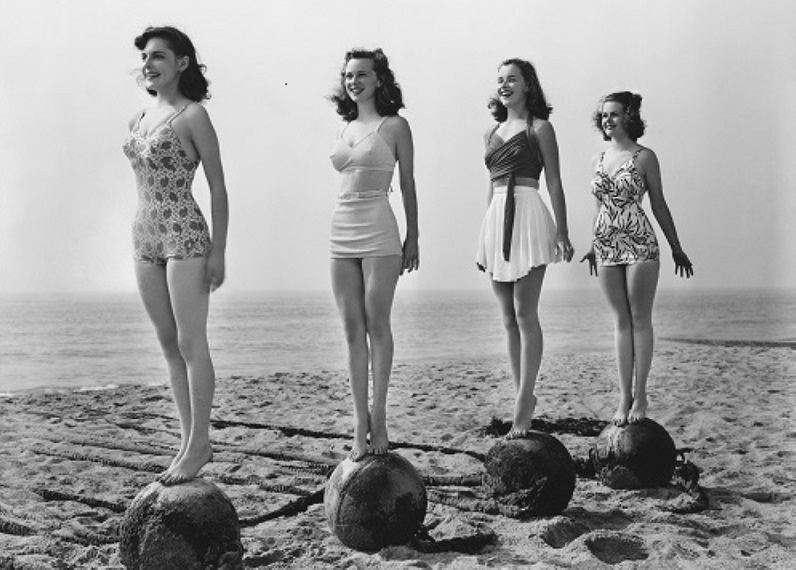I just taught the first session of a six-week class the other evening.
I started the class by asking each of the students to write down their answer to the question: What is good posture?
You could do this, too.
Before you read any further, take just a few minutes to think about the question. But don’t take too long. Don’t overthink it. Just write down your answer to the question right now.
What is good posture?
There are no right or wrong answers. The point is to do a little self-investigation to find out what your answer is in this moment.
If you are interested in improving your posture it is important to start by finding out what you actually think good posture is.
Because that will have a strong influence on how you go about trying to improve it.
Posture is often talked about as if it is a noun. A thing. A position.
But as humans, we are always moving. So, I find it nice to talk about posture as a verb.
Trying to find a position—or even better—the perfect position—say when you are sitting or standing—and holding it will just cause tension, rigidity, and strain.
Good posture should not feel effortful.
Allowing yourself the freedom to move a bit and still consider that to be good posture can be a relief.
From an Alexander Technique perspective, good posture is synonymous with good balance.
Balance is a process. Balance is not a thing that you find and then hold onto.
You are constantly finding balance and losing it slightly and finding it again.
So, it is helpful to consider that you are always balancING. The ING is important.
If you are not currently standing go ahead and stand up.
Stand with your feet about hip-width apart and close your eyes.
When your eyes are closed you will notice a gentle sway in yourself as you stand.
Remember you can always open your eyes at any time if you feel that you need to.
What I want you to experience is that gentle sway.
That sway is you finding your balance, losing it slightly, and then finding it again.
In other words, balancING.
Allow that gentle movement to be in you all the time.
When you find that you are trying to hold yourself in the right position, experiment with balancING instead.
And allow your posture to be a verb, not a noun.
***
I’d like to thank Robert Rickover for the inspiration for this blog post. Listen to his collection of podcasts on the Alexander Technique at bodylearningcast.com
Photo “Standing Tall” Shutterstock/Everett Collection




